
North Korea marked the delivery of 250 nuclear-capable missile launchers to frontline military units at a ceremony where leader Kim Jong Un called for a ceaseless expansion of his military’s nuclear program to counter perceived U.S. threats, state media said Monday.
Concerns about Kim’s nuclear program have grown as he has demonstrated an intent to deploy battlefield nuclear weapons along the North’s border with South Korea and authorized his military to respond with preemptive nuclear strikes if it perceives the leadership as under threat.
North Korea’s official Korean Central News Agency said the launchers were freshly produced by the county’s munitions factories and designed to fire “tactical” ballistic missiles, a term that describes systems capable of delivering lower-yield nuclear weapons.
Kim said at Sunday’s event in Pyongyang the new launchers would give his frontline units “overwhelming” firepower over South Korea and make the operation of tactical nuclear weapons more practical and efficient. State media photos showed lines of army-green launcher trucks packing a large street with seemingly thousands of spectators attending the event, which included fireworks.
North Korea has been expanding its lineup of mobile short-range weapons designed to overwhelm missile defenses in South Korea, while also pursuing intercontinental ballistic missiles designed to reach the U.S. mainland.
Kim’s intensifying weapons tests and threats are widely seen as an attempt at pressuring the United States to accept the idea of North Korea as a nuclear power and to end U.S.-led sanctions imposed on North Korea over its nuclear program. North Korea also could seek to dial up tensions in a U.S. election year, experts say.
Kim lately has used Russia’s war on Ukraine as a distraction to further accelerate his weapons development. In response, the United States, South Korea and Japan have been expanding their combined military exercises and sharpening their nuclear deterrence strategies built around strategic U.S. military assets. Lee Sung Joon, spokesperson of South Korea’s Joint Chiefs of Staff, said during a briefing that the South Korean and U.S. militaries were closely analyzing North Korea’s weapons development and further monitoring was needed to confirm the operational readiness of the missile systems showcased Sunday. He didn’t provide a specific assessment on whether the systems could be placed.
Lee said the missiles are likely to be shorter in range than some of North Korea’s most powerful short-range ballistic missiles, which have demonstrated an ability to travel more than 600 kilometers (372 miles).
The North in recent months has revealed a new missile called the Hwasong-11, which analysts say can travel up to 100 kilometers (62 miles). If deployed in frontline areas, the missiles would theoretically be able to cover huge swaths of South Korea’s greater capital area, where about half of the country’s 51 million people live.
In his speech at Sunday’s event, Kim called for his country to brace for a prolonged confrontation with the United States and urged a relentless expansion of military strength. He justified his military buildup as a counter to the “increasingly savage” military cooperation between the United States and its regional allies, which he claimed are now showing the characteristics of a “nuclear-based military bloc.”
“It would be our choice to either pursue dialogue or confrontation, but our lesson and conclusion from the past 30 years … is that confrontation is what we should be prepared more thoroughly for,” said Kim.
“The United States we are facing is not just an administration that comes and goes after a few years, but a hostile nation that our children and grandchildren will be dealing for generations to come and that also illustrates the necessity to continuously improve our self-defense capabilities.”
Kim also said the decision to hold the weapons ceremony while the country was trying to recover from disastrous flooding showed its determination to “push ahead with the strengthening of our national defense capabilities force without stagnation under any circumstances.”
The floods in late July submerged thousands of homes and huge swaths of farmland in regions near the border with China.
Russia has offered flood aid to North Korea, in another sign of expanding relations between the two nations. Kim has made Russia his priority in recent months as he pushes a foreign policy aimed at expanding relations with countries confronting Washington, embracing the idea of a “new Cold War” and trying to display a united front in Putin’s broader conflicts with the West.
-AP

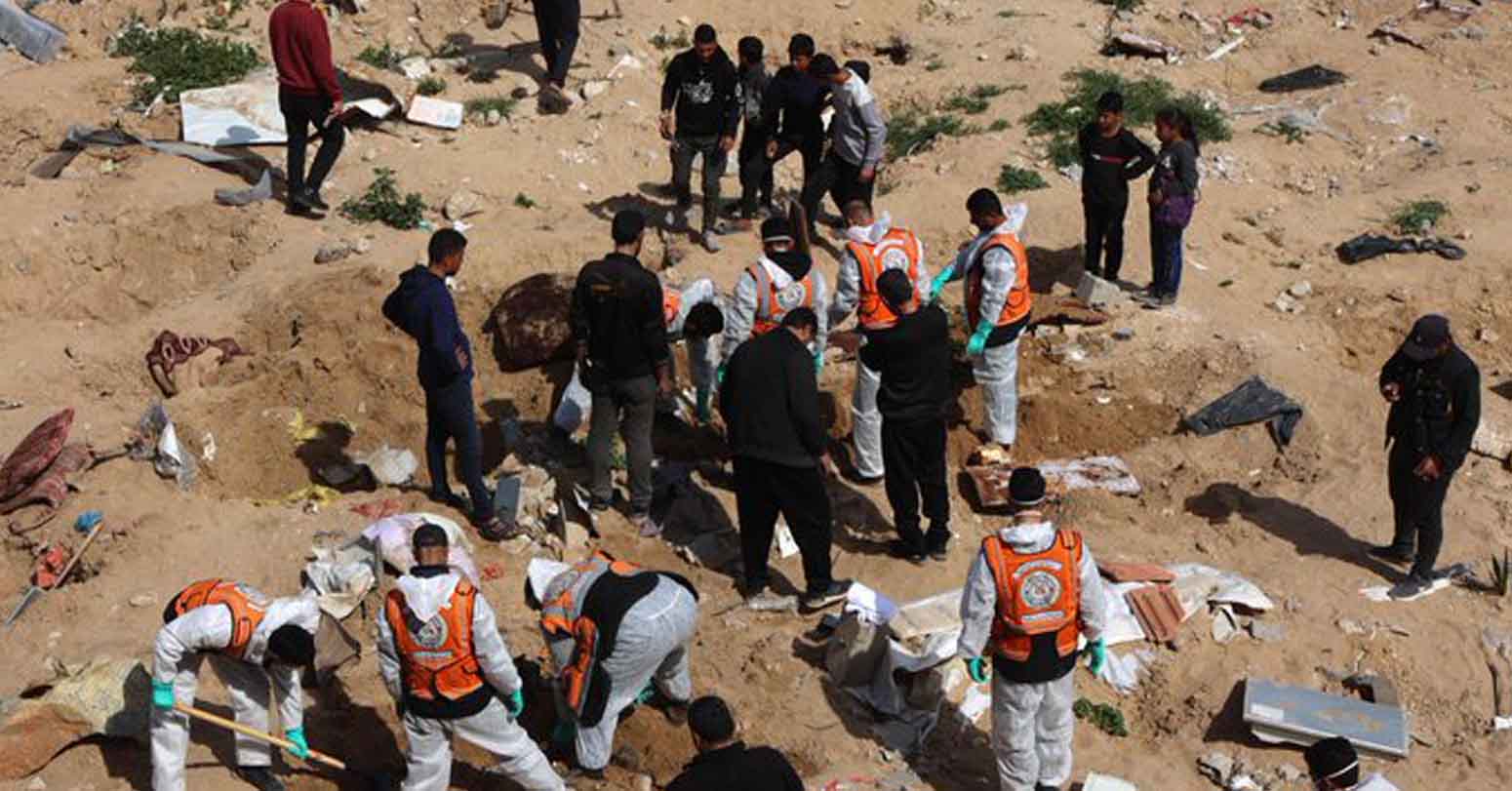
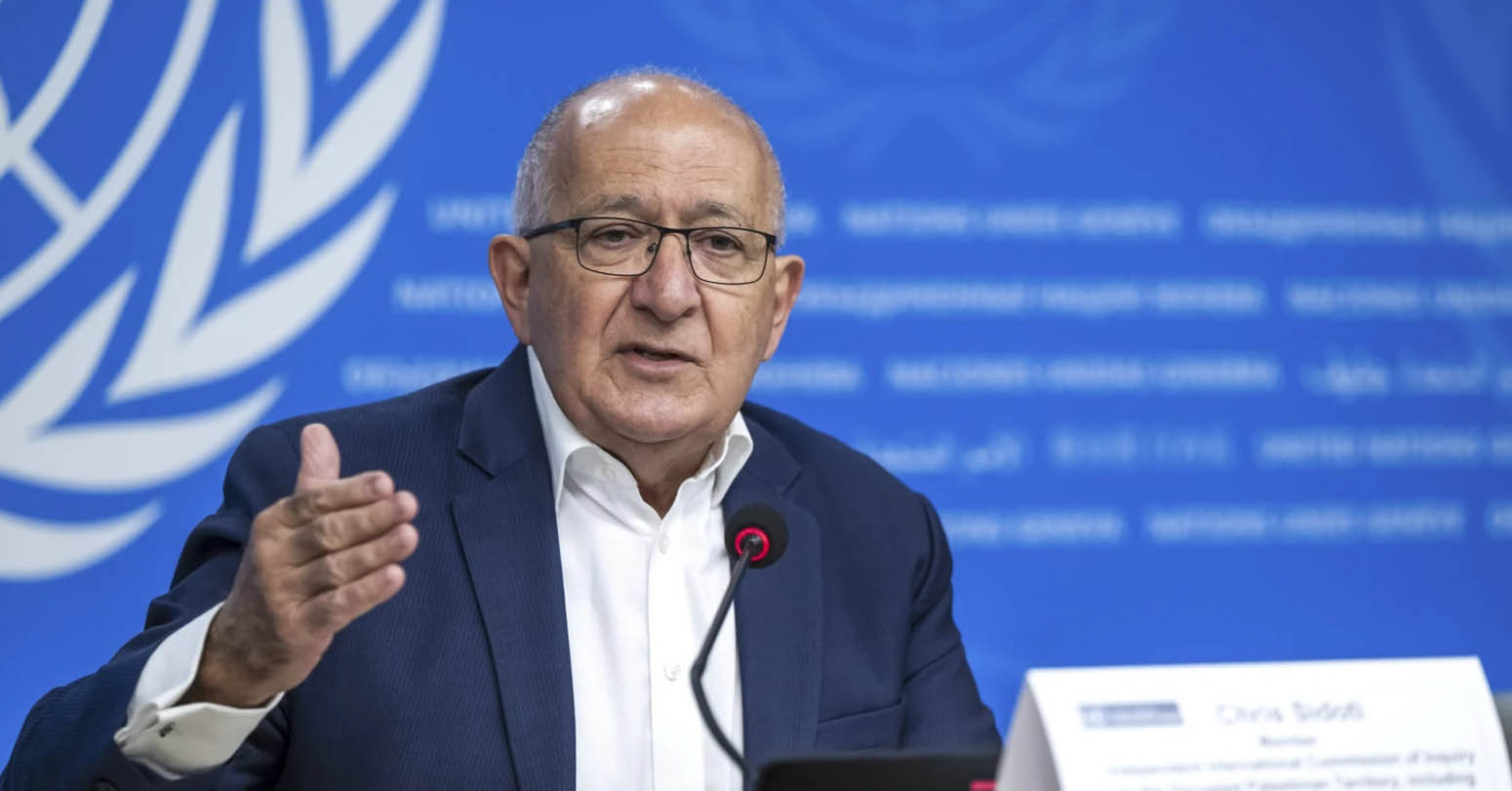
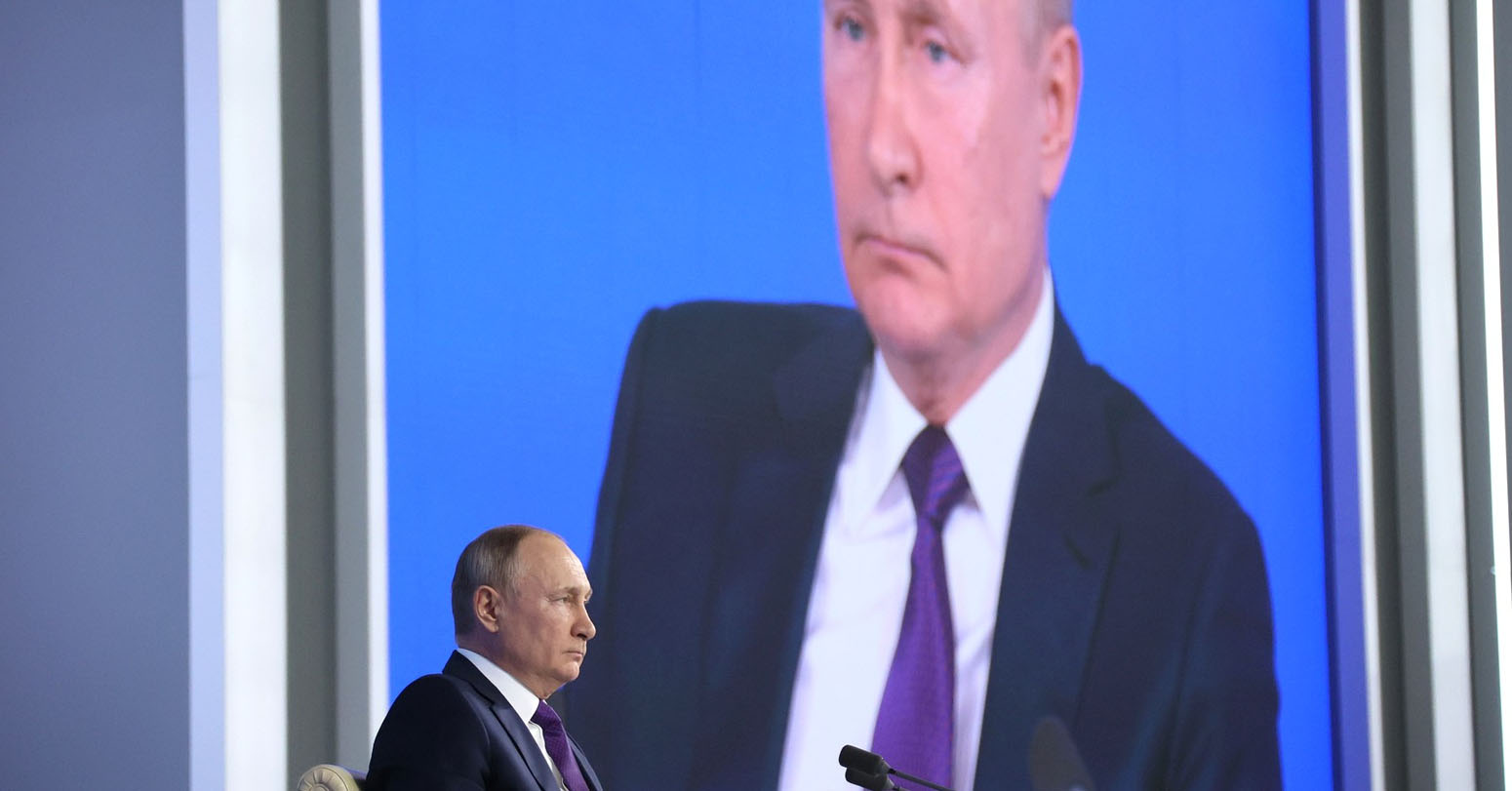
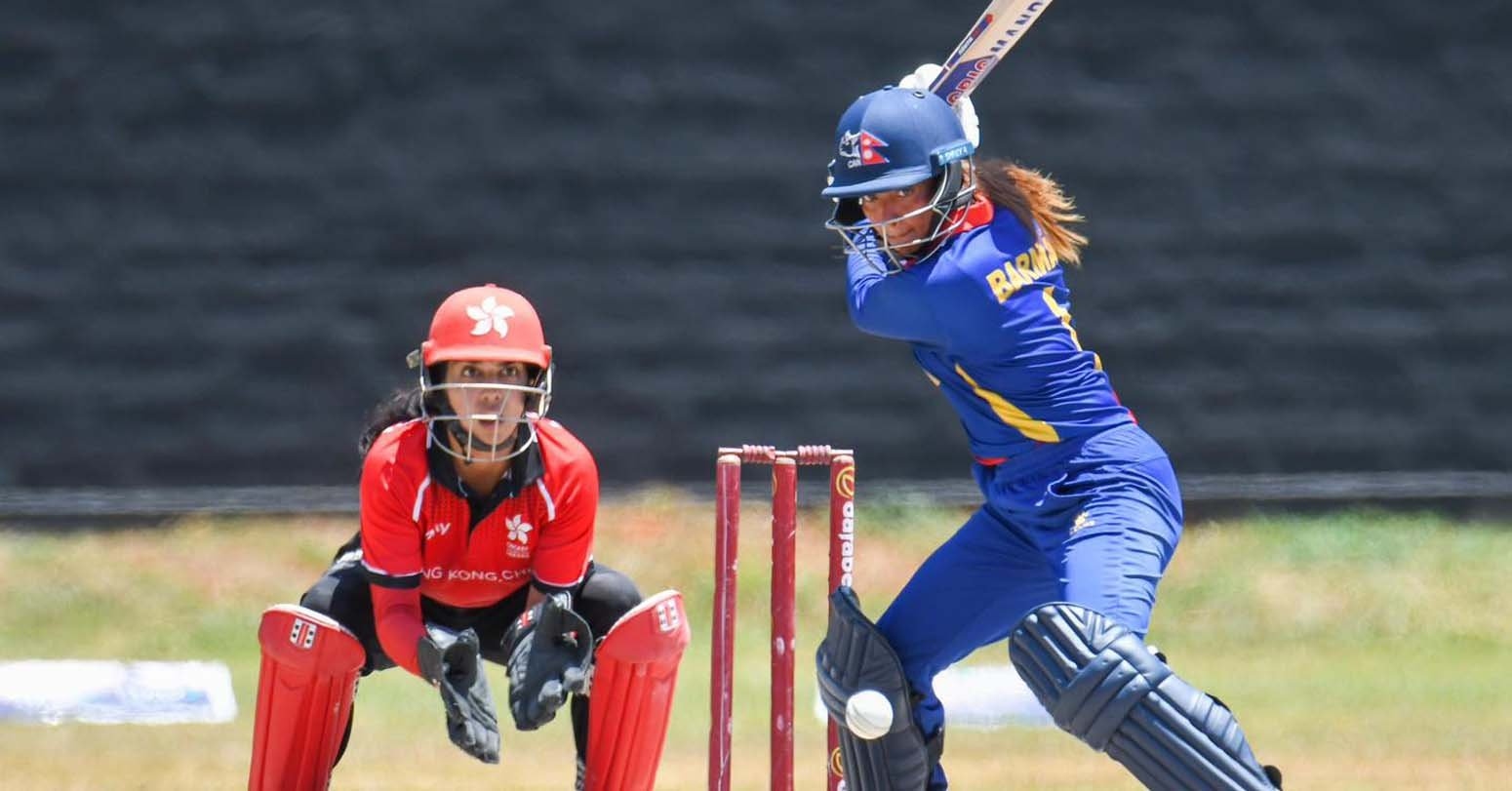



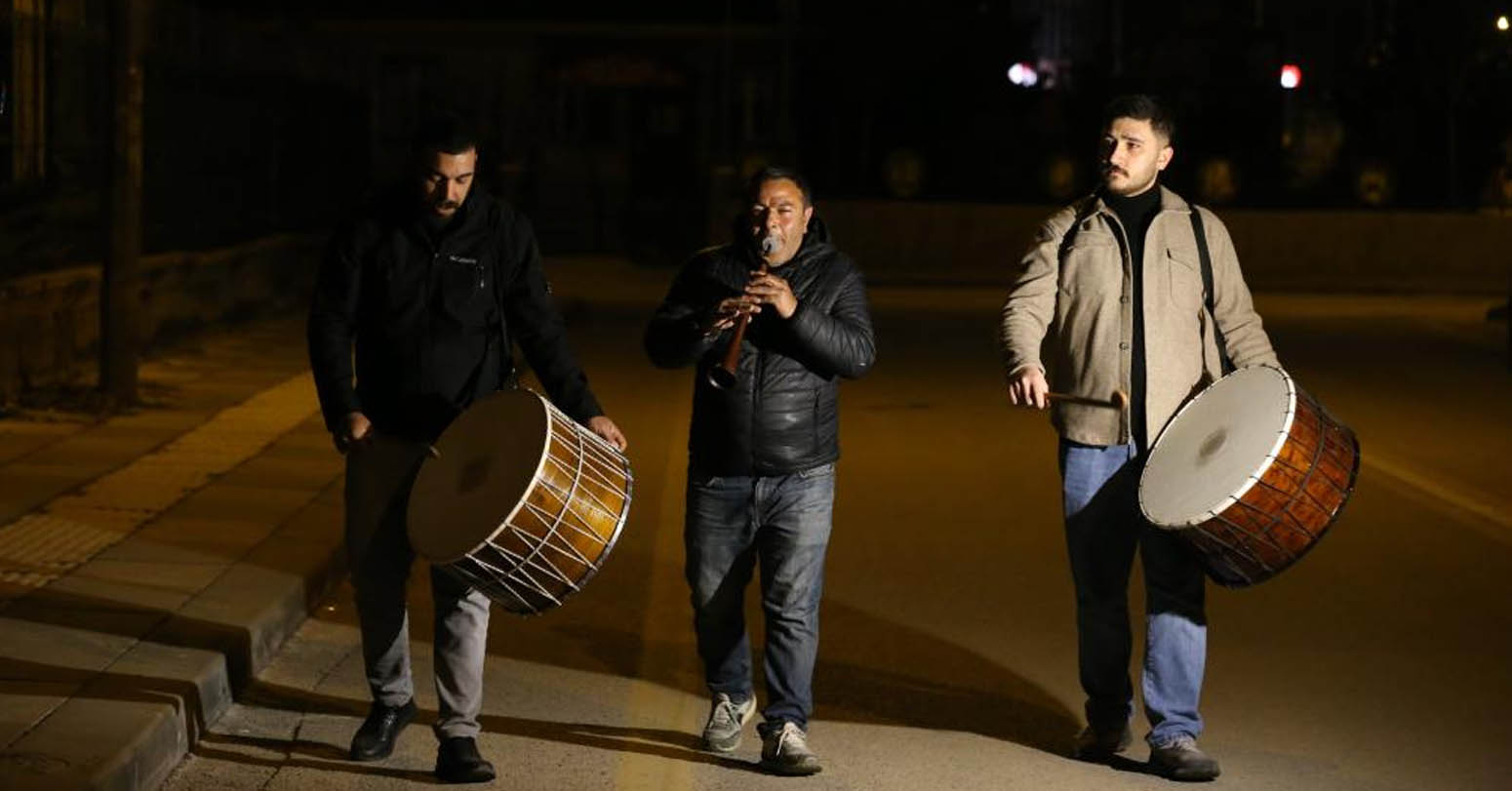
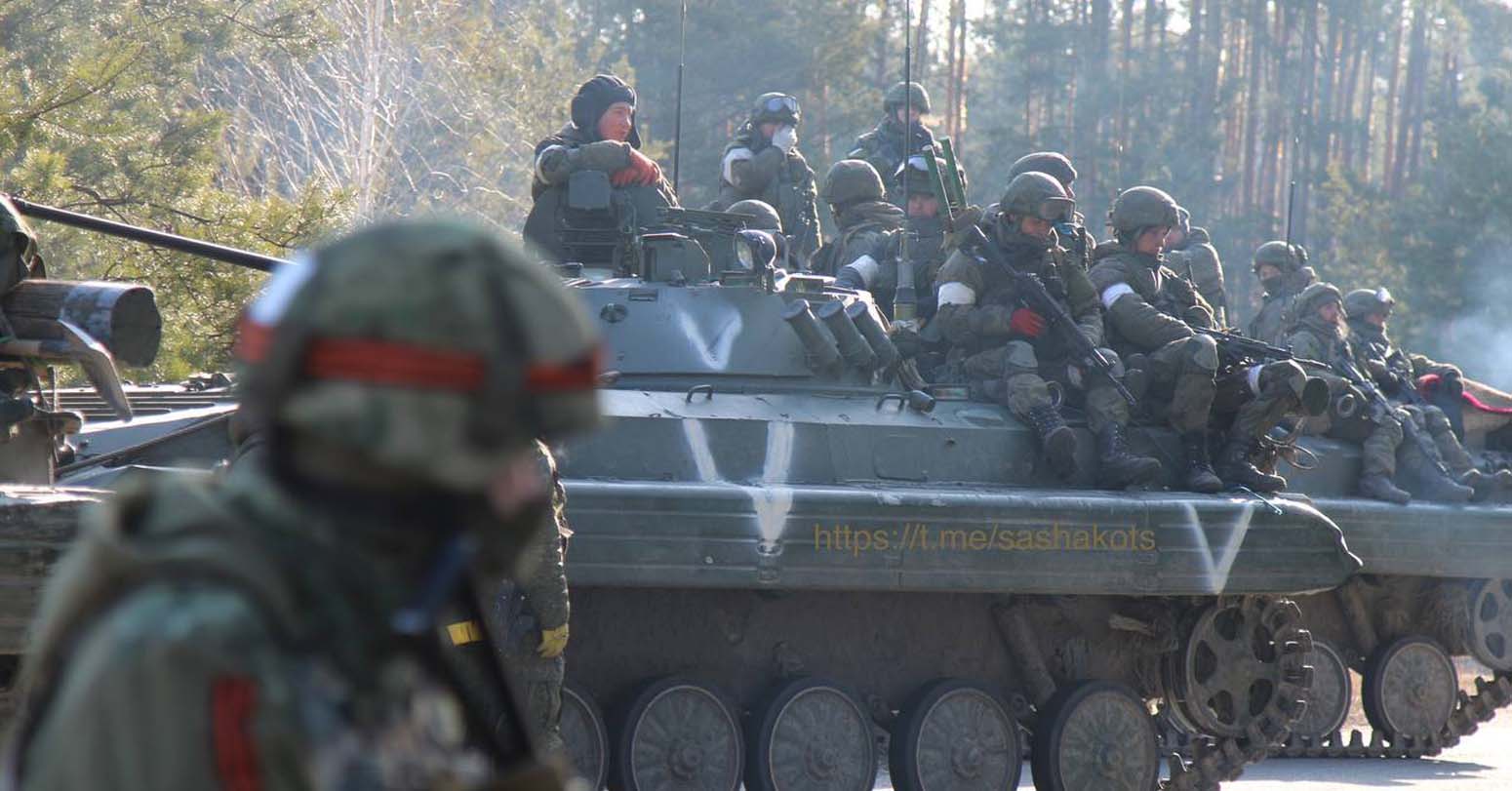
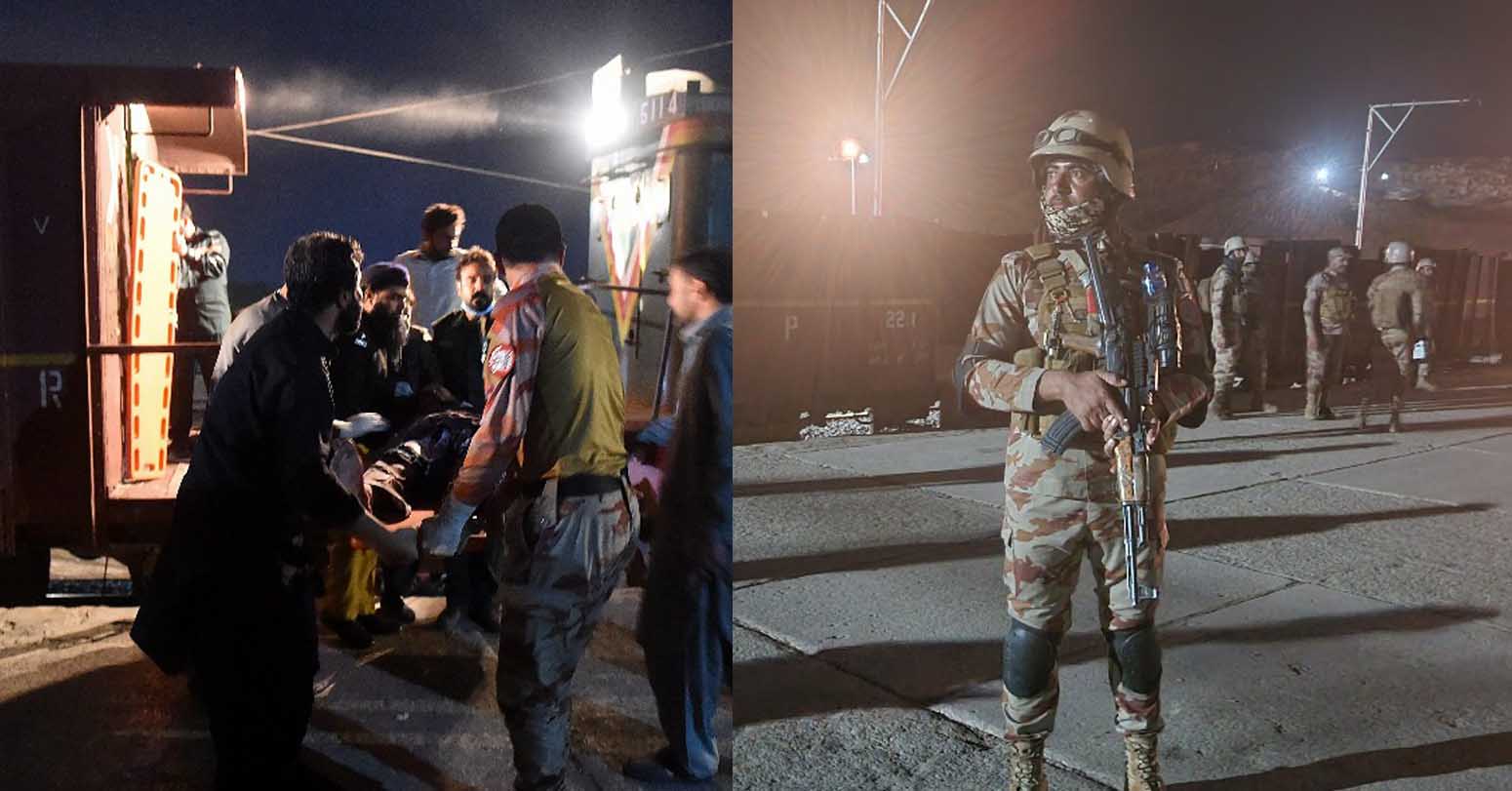
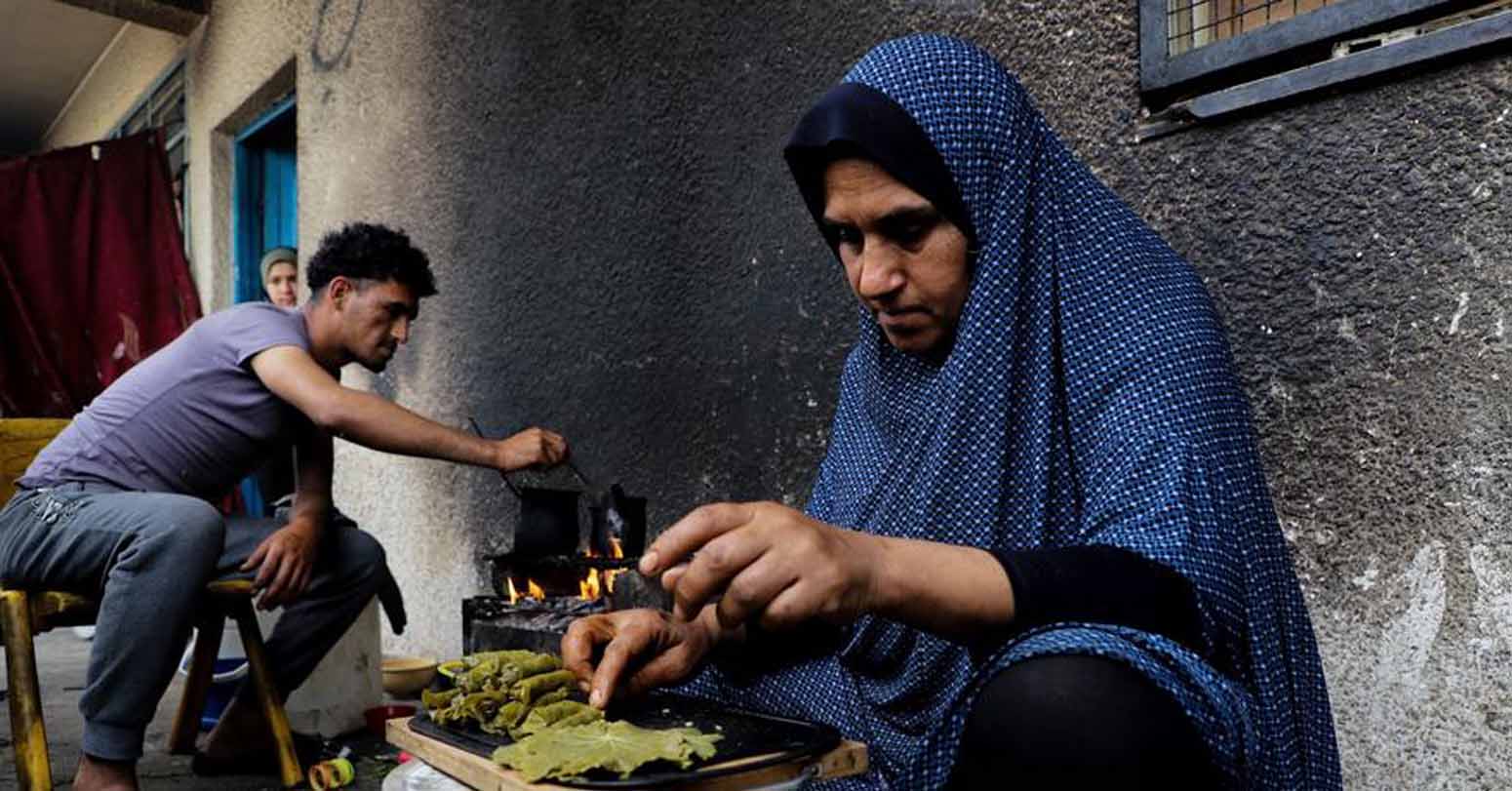

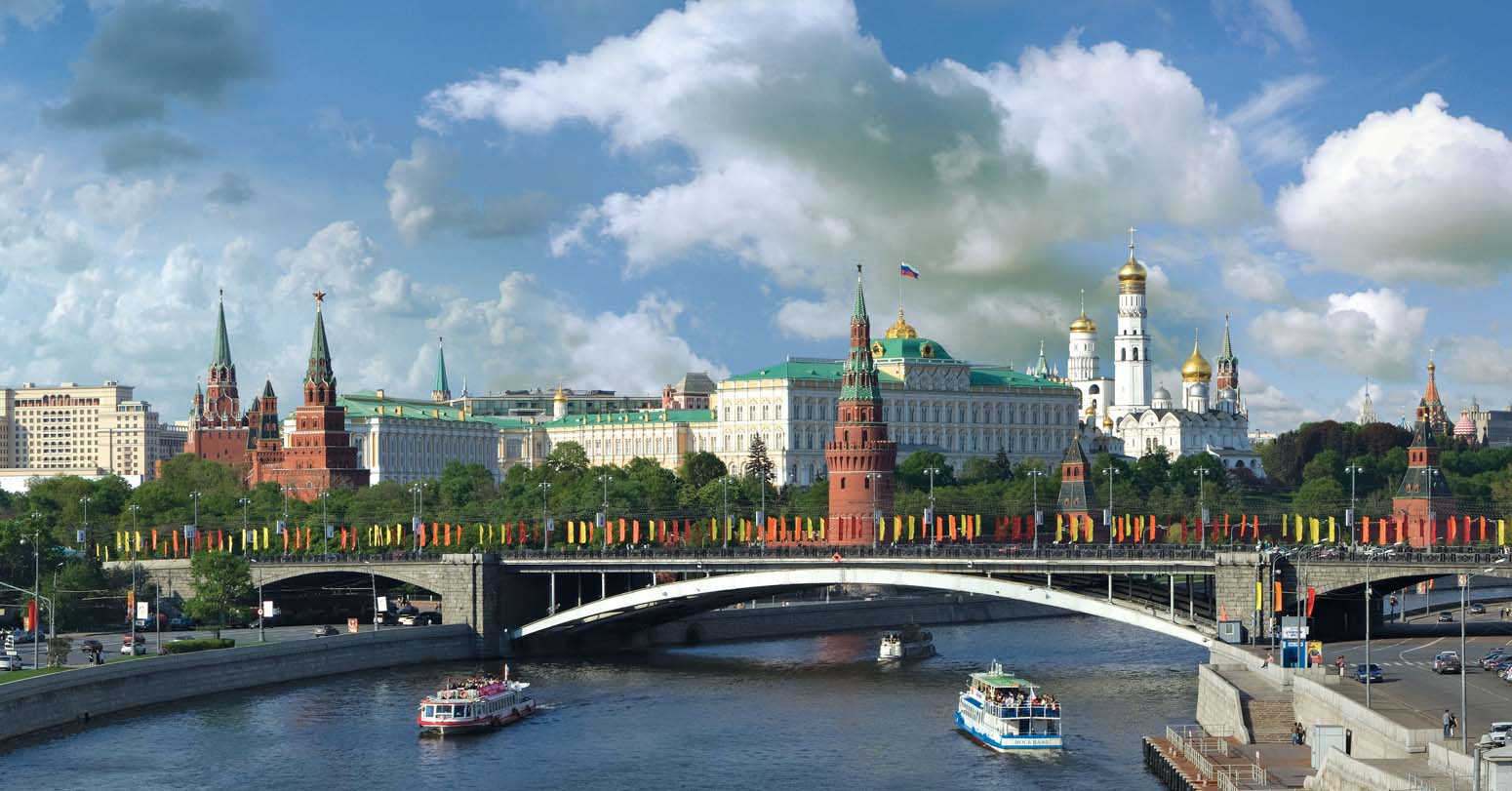

Middle-aged man spends millions to
Gender Differences In Mental Healthcare
Comprehensive Data Protection Law Critically
Messi Wins Best FIFA Men’s
Erosion of Democracy
“Complexities of the South Asian